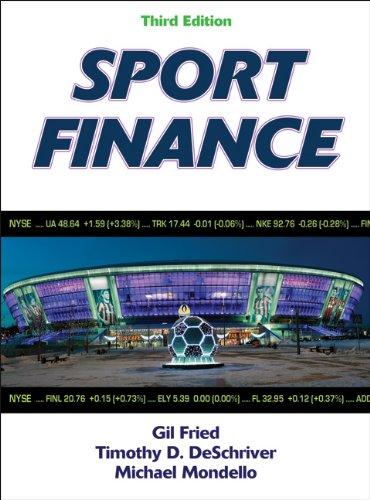Question
Rollins Corporation is estimating its WACC. Its target capital structure is 20 percent debt, 20 percent preferred stock, and 60 percent common equity. Its bonds
Rollins Corporation is estimating its WACC. Its target capital structure is 20 percent debt, 20 percent preferred stock, and 60 percent common equity. Its bonds have a 7.5 percent coupon, paid semiannually, a current maturity of 20 years, and sell for the par value, $1,000. The firm's marginal tax rate is 40 percent. What is Rollins' component after-tax cost of debt? Express your answer in percentage (without the % sign) and round it to two decimal places.
Rollins Corporation is estimating its WACC. Its target capital structure is 20 percent debt, 20 percent preferred stock, and 60 percent common equity. Rollins' beta is 1.3 , the risk-free rate is 5 percent, and the market risk premium is 6 percent. Rollins is a constant-growth firm which just paid a dividend of $2.00, sells for $29 per share, and has a growth rate of 7 percent. The firm's policy is to use a risk premium of 5 percentage points when using the bond-yield-plus-risk-premium method to find rs. The firm's marginal tax rate is 35 percent. What is Rollins cost of equity when using the DCF approach? Express your answer in percentage (without the % sign) and round it to two decimal places.
Step by Step Solution
There are 3 Steps involved in it
Step: 1

Get Instant Access to Expert-Tailored Solutions
See step-by-step solutions with expert insights and AI powered tools for academic success
Step: 2

Step: 3

Ace Your Homework with AI
Get the answers you need in no time with our AI-driven, step-by-step assistance
Get Started


